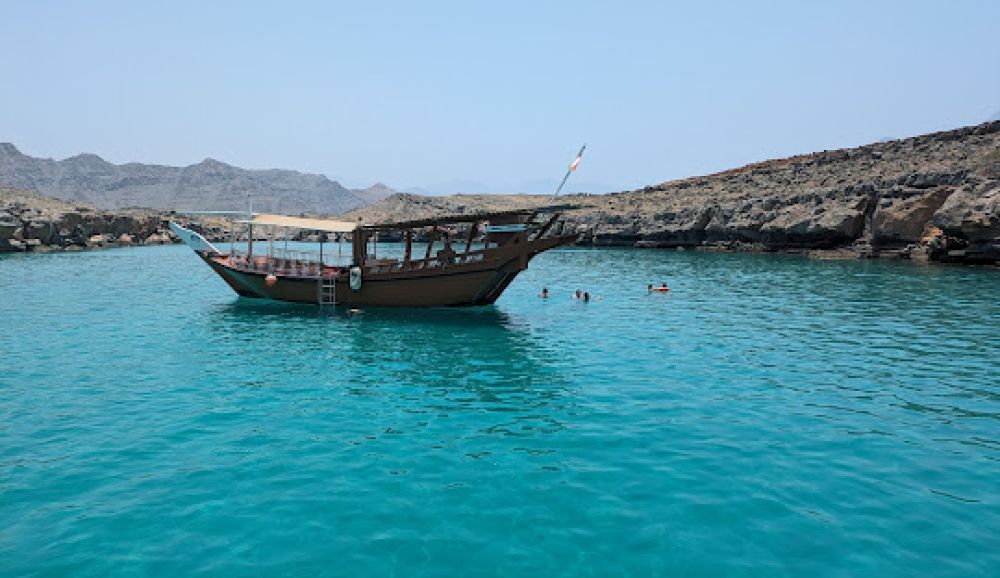

Seebi Island is a picturesque and relatively undiscovered gem in the Musandam peninsula of Oman. Historically, the island has been a secluded spot known mainly to the local fishermen and occasional adventurous travelers. The history of tourism in Seebi Island is quite modern, with developments significantly taking off in the late 20th and early 21st centuries. Located in proximity to the Strait of Hormuz, the island was historically more significant for its strategic maritime position rather than as a tourist destination.
The tourism industry in Khasab, and by extension Seebi Island, started gaining traction when the government of Oman began to recognize the potential of the region's natural beauty and unique cultural heritage. Investments in infrastructure such as roads, hotels, and other tourist facilities paved the way for a steady increase in the number of visitors.
Recognizing the pristine condition of the natural environment around Seebi Island, the Omani government, along with private investors, began to promote eco-tourism. They focused on creating sustainable tourist activities that would have minimal environmental impact, such as snorkeling, scuba diving, and kayak tours around the island's untouched coral reefs.
Adventure travel has also become a key component of the tourism offering, with visitors seeking the thrill of mountain safari tours, hiking in the dramatic landscape of the Musandam fjords, and traditional dhow cruises that offer a glimpse into the maritime culture of the region.
In recent years, there has been a growing interest in the local culture and history of Khasab and Seebi Island. Tourist excursions often include visits to the Khasab Castle, ancient petroglyphs, and small fishing villages that dot the coastline. Cultural festivals and events have been introduced to showcase traditional Omani music, dance, and crafts, adding an enriching layer to the tourist experience.
The latest trends in tourism within Seebi Island revolve around personalized and intimate travel experiences. Travelers are seeking boutique accommodations, private tours, and opportunities to engage with local communities. Sustainable tourism continues to be a prominent trend, with increased awareness and demand for preserving the natural wonders of the island for future generations.
Furthermore, digital presence has become increasingly crucial for the tourism sector, with social media playing a pivotal role in promoting Seebi Island as a must-visit destination. The use of virtual reality to provide potential tourists with a sneak peek of the island's attractions is also on the rise, adding a new dimension to marketing efforts.
The future of tourism on Seebi Island looks promising with continued efforts to balance development and conservation. Authorities and local businesses aim to provide a high-quality visitor experience while maintaining the integrity of the island's natural environment and cultural heritage. The potential introduction of more eco-friendly accommodations and the promotion of the island's biodiversity could see Seebi Island rise as a leading sustainable travel destination in the Middle East.